Ever since I first started photography, I’ve loved the darkroom. There have been times when I’ve drifted away from it – drawn in by the convenience of digital editing, whether from negatives or digital files – but I always find myself returning to the low light, the smells, and the slow, methodical rhythm of wet printing. Surrounded by the sound of running water and the ticking of a timer, there’s still a quiet thrill in the moment a blank sheet of paper slips into a clear liquid and an image begins to appear before your eyes.
I’ve been teaching photography at Buckinghamshire College Group in Amersham for over a decade – working in the very same darkrooms where I first learned to print – and it always feels like a home from home. Sharing this side of photography with my students, and watching their understanding deepen, remains one of my favourite parts of the job.
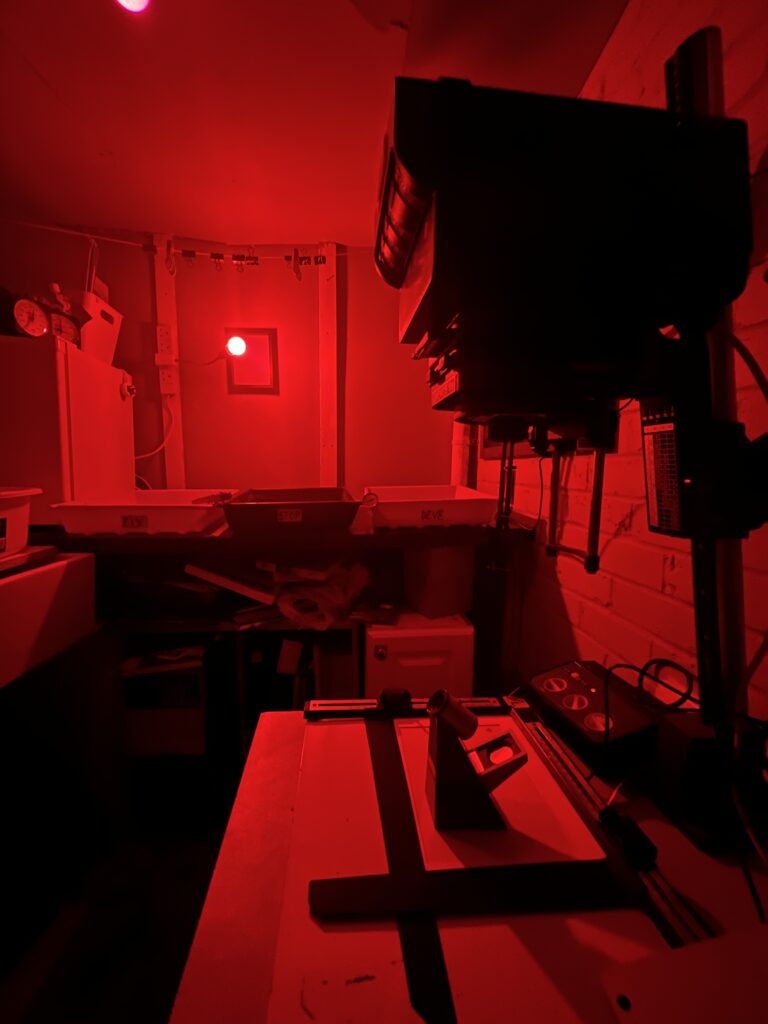
Over time, my love of printing led me to set up a home darkroom: a space dedicated to producing my own prints beyond classroom demonstrations. My first home darkroom was an enlarger balanced on a washing basket, and the chemistry in trays inside the bathtub. But now ten years later it is a dedicated space that I try and spend as much time in as I possibly can. It’s become not just a creative outlet but an emotional refuge. Like many people, I’ve faced challenges to my mental wellbeing in recent years, and I’ve realised that regular time in the darkroom has a genuinely calming effect – it’s grounding and restorative.
Alongside teaching, I’m proud to be an ambassador for Analogue Wonderland, a retailer specialising in analogue photography supplies that also fosters community through events such as photo-walks. Their support for my darkroom work has been invaluable. Being part of their ambassador programme connected me to a wider network of film enthusiasts and inspired me to share the darkroom process beyond the classroom – eventually leading to my livestream project, The Latent Hour.
What Is The Latent Hour?
The Latent Hour is a monthly livestream, held on the last Thursday of each month, where I share my home darkroom practice in real time. What began as an experiment has grown into something far more meaningful than I ever expected.
The project was born from two motivations: first, to carve out regular printing time in a busy life of family and full-time work – for both creative and mental wellbeing – and second, to make the darkroom process more accessible. Many photographers using film today have never experienced printing first-hand. They photograph, send to their lab, scan, and share, but rarely see their images materialise in the darkroom. I wanted to change that – by demystifying printing and opening it up through an unedited, live format and allowing people to see how straightforward it is and accessible it can be.
As there are very few people livestreaming darkroom printing – or other similar craft-based processes – I took cues from other genres of livestreaming to see what worked. Things like tabletop card game streams were especially helpful, where the hosts find ways to engage unseen audiences through conversation and pacing, giving me ideas for how The Latent Hour could flow and feel welcoming even to those unfamiliar with darkroom work.
The Set-Up: Making a Darkroom Livestream-Ready
Darkrooms aren’t exactly designed for video cameras and bright computer screens, so streaming from mine has been a learning process. My current setup is simple: a phone on a stand, with a red filter over the screen to protect the paper, which I move between the enlarger and the chemistry trays as I explain what I’m doing and why. It works for now, but I plan to expand to multiple cameras—one over the enlarger, another over the developer, and a third facing me—to better capture each stage of the process.
To make the livestream engaging, I’ve had to slow down my workflow and find a balance between keeping the pace interesting while still allowing time to show test strips, make decisions, and narrate my thought process. It took some trial and error, but I’ve found a rhythm that works – explaining steps clearly while keeping an eye on viewer questions in the chat.
Printing in Public: The Shift in Process
Printing live has changed how I print. I work more slowly, consciously explaining why I choose certain exposures, when I dodge or burn, and what I’m looking for in test prints. The interaction with viewers—questions, feedback, and conversation—brings a new energy. Printing alone is introspective; printing live is communal. Sometimes I receive feedback from other printers mid-session, and sometimes I’m asked questions that prompt me to reflect on my own decisions in new ways. That shift has added a fresh dimension to the craft.
Mistakes, too, have become learning moments rather than frustrations. As creatives, we often focus on showing only our best work – the portfolio pieces – and hide the experiments or failures. But I’ve realised that sharing the process, imperfections and all, helps us grow. It’s a reminder that the journey is as valuable as the result.
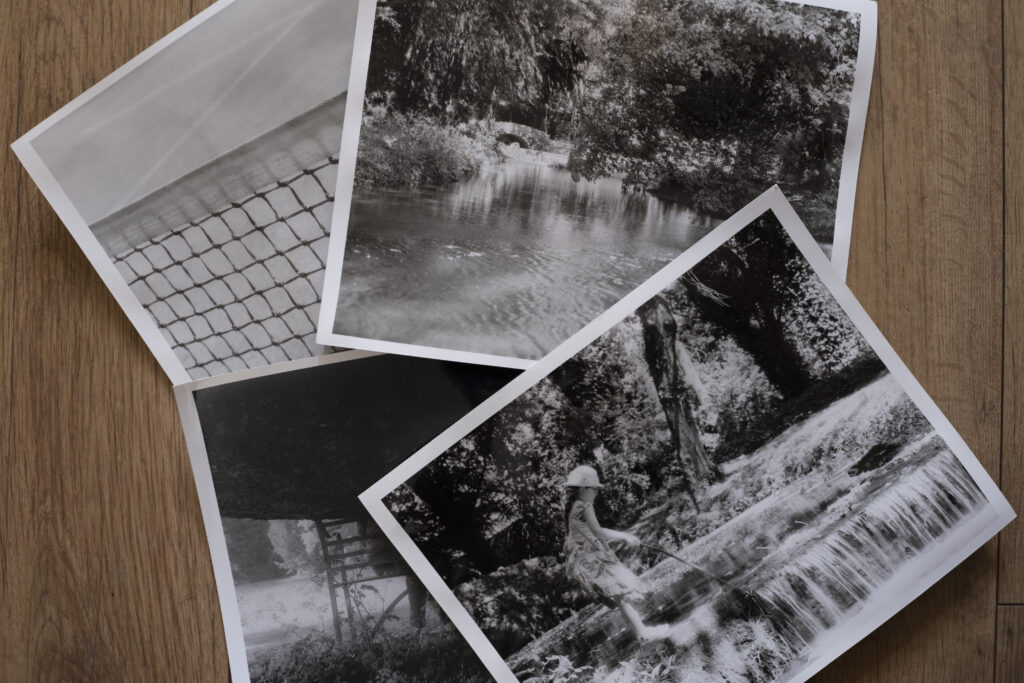
Reflections: Why I’ll Keep Doing It
There’s something beautiful about blending an old craft with a modern platform. It reminds me that printing doesn’t have to be solitary – it can be shared. Connecting with photographers who’ve only ever scanned negatives and showing them what a print truly looks like has been deeply rewarding. A small but telling experiment – a side-by-side comparison of a scanned negative and a print, shared via an Instagram poll – saw 92% of respondents prefer the print.
If you’ve ever thought about sharing your workflow – through livestreams, workshops, or writing – just do it. Opening up your process deepens your understanding and builds connections with others. You don’t need fancy equipment or a big audience. Just start.
Thanks for reading.
Catch the next episode of The Latent Hour, tonight, Tursday 30th October at 8:30 pm (UK time) and every last Thursday of the month on my YouTube channel: youtube.com/@TombobWarland
Follow along for updates, behind-the-scenes images, and more darkroom content.
Share this post:
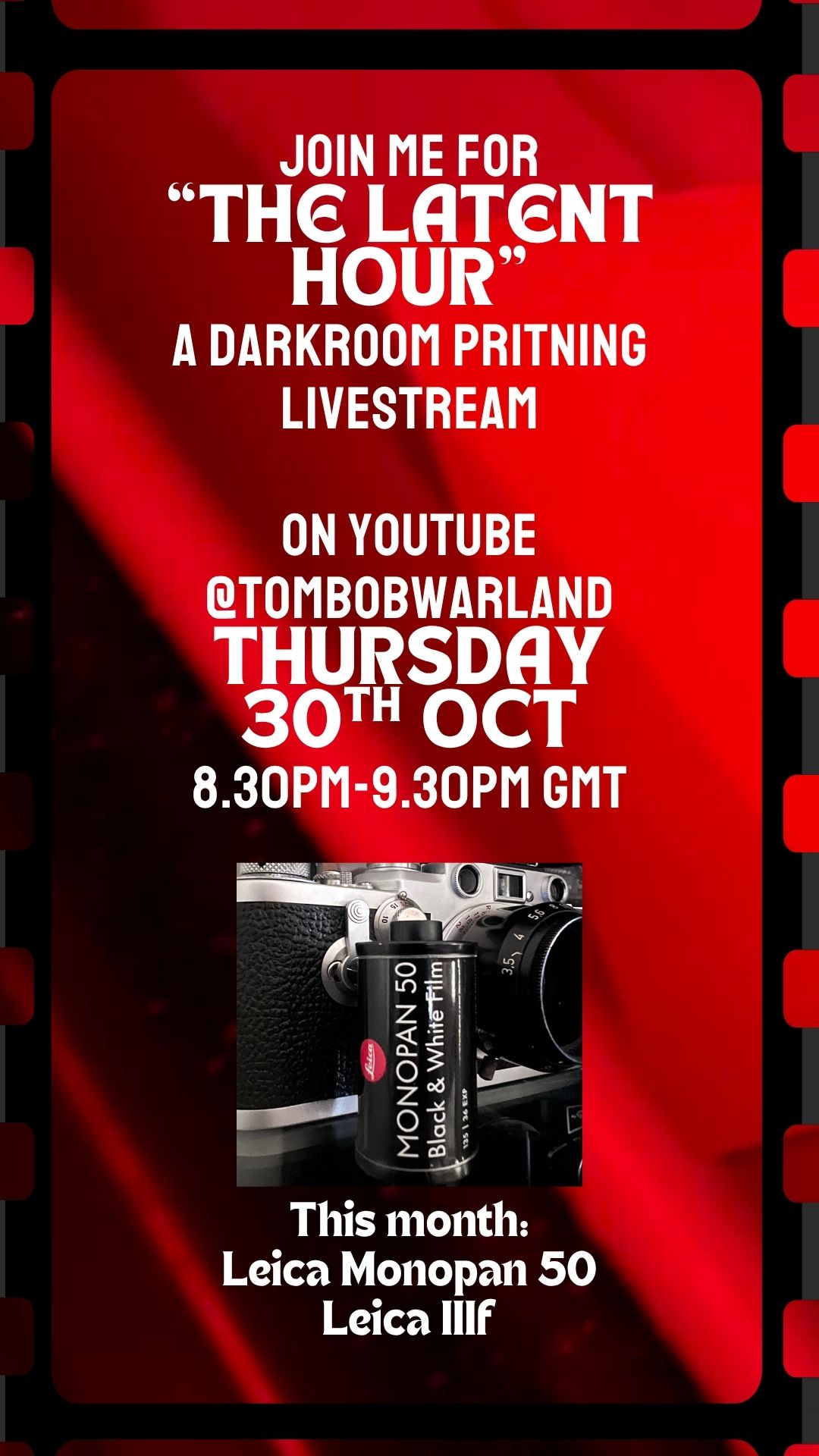
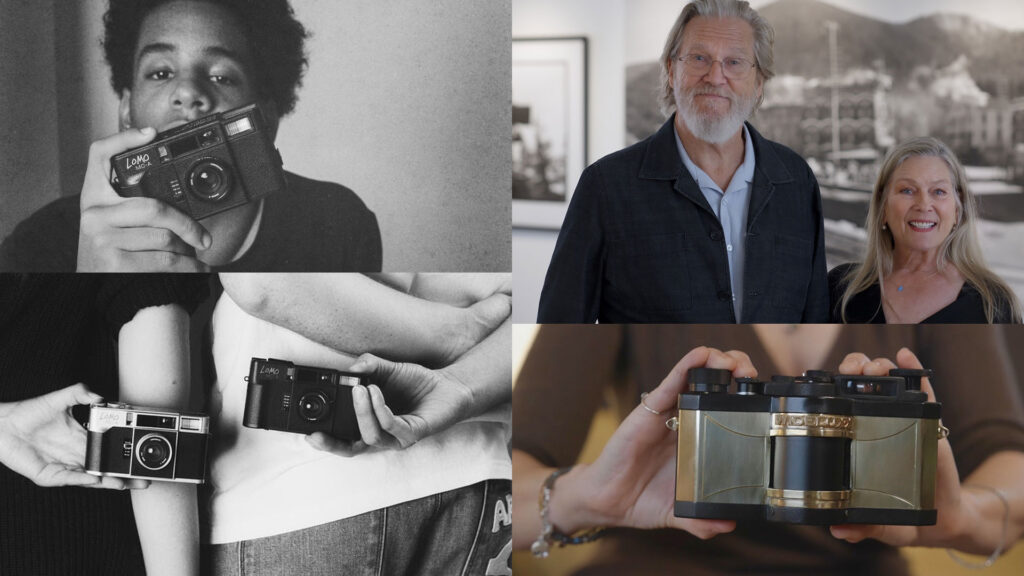
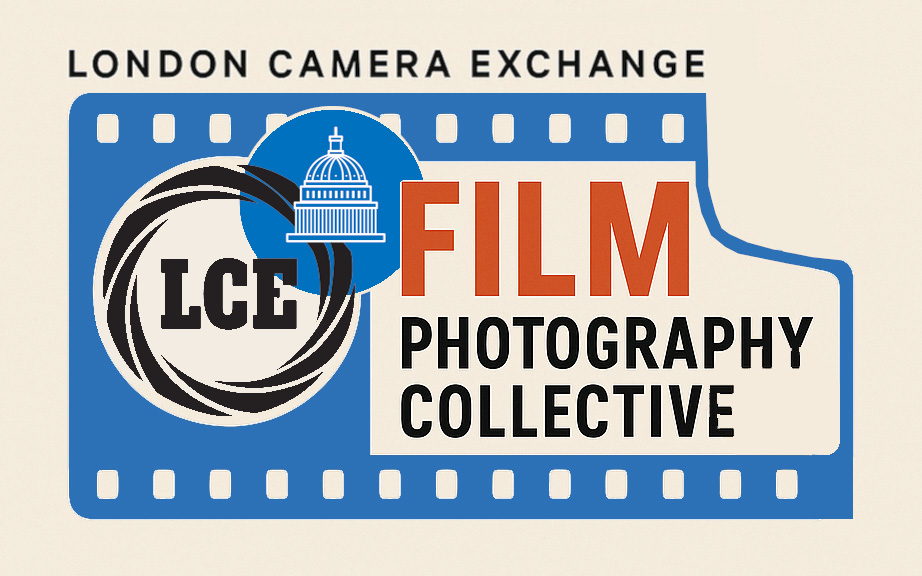
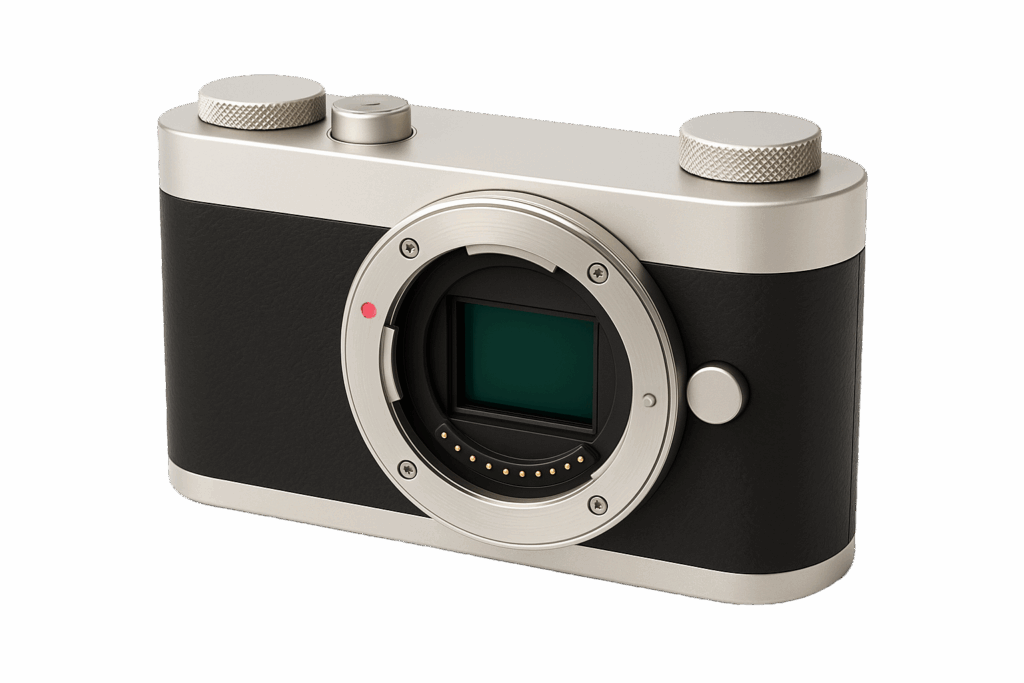
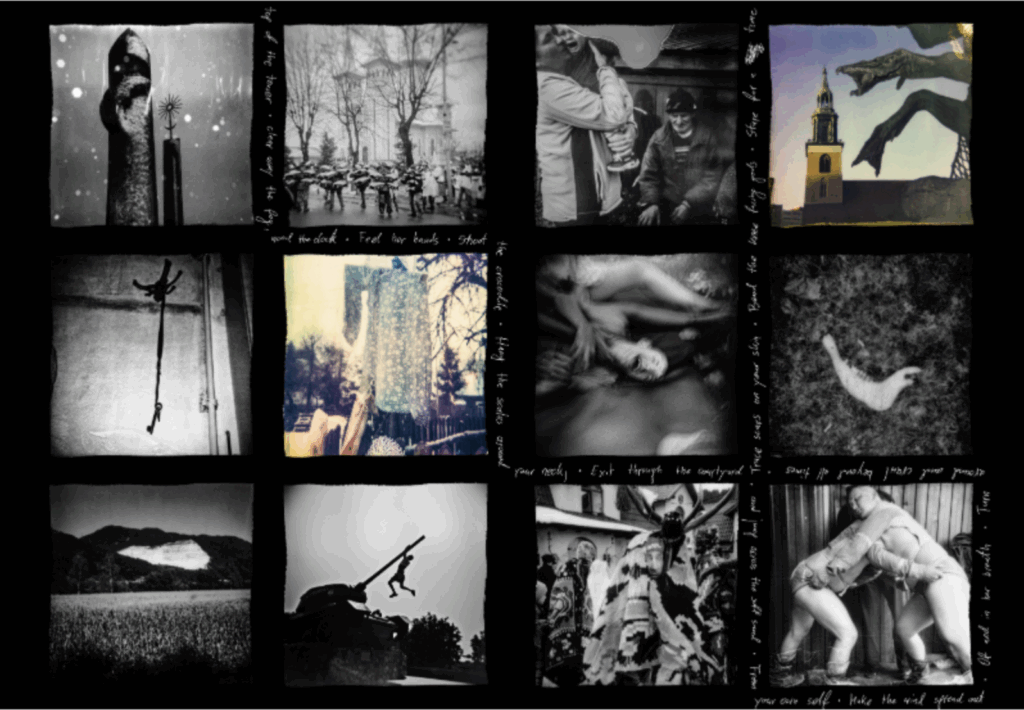
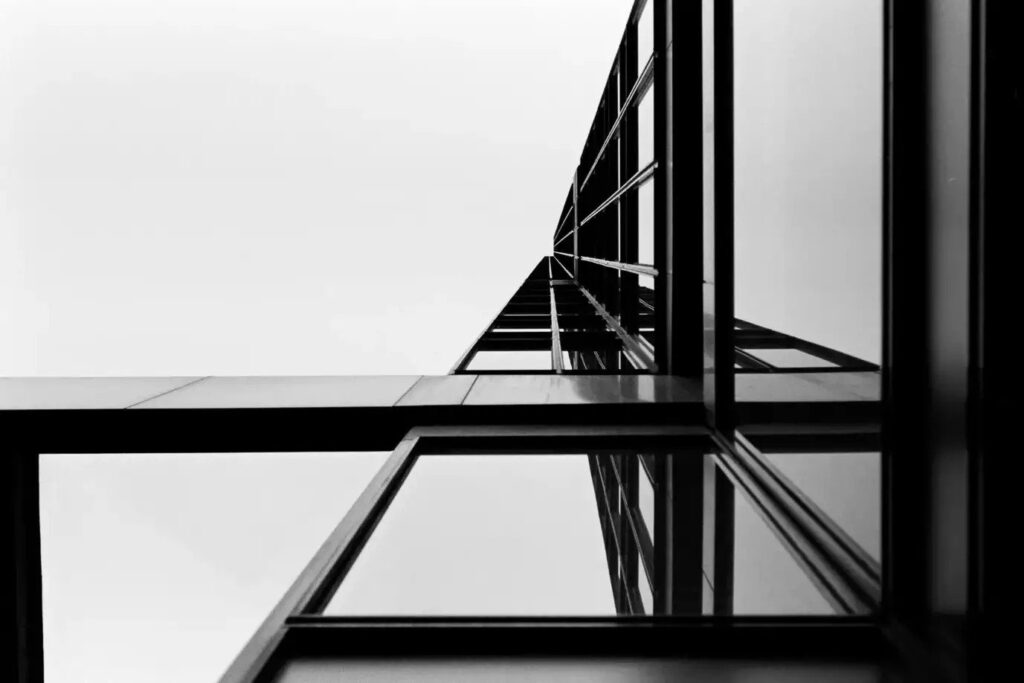
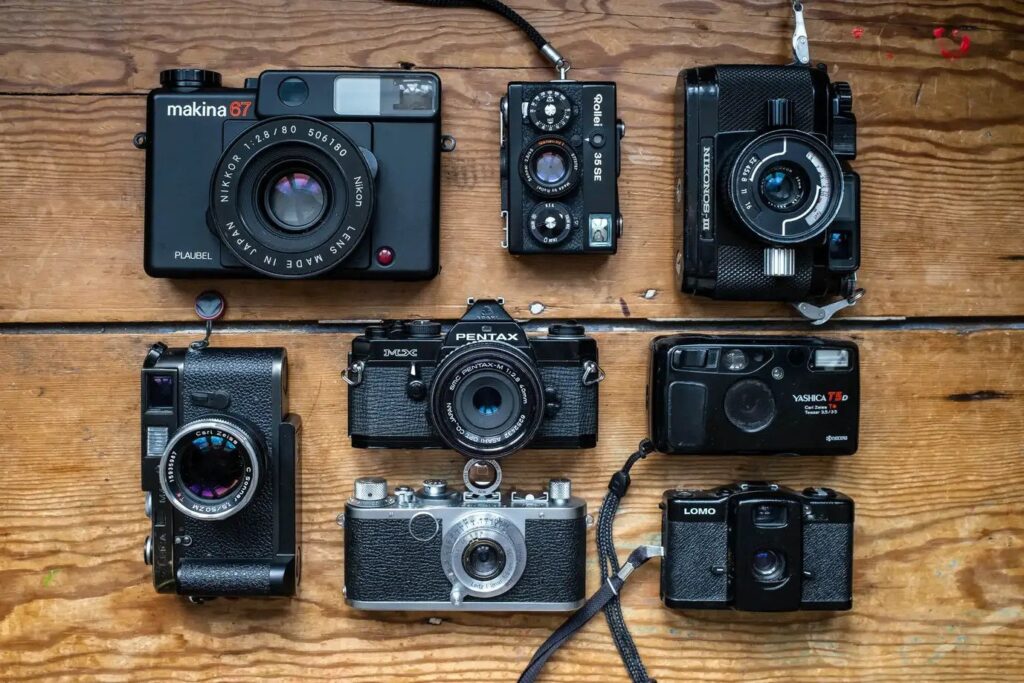
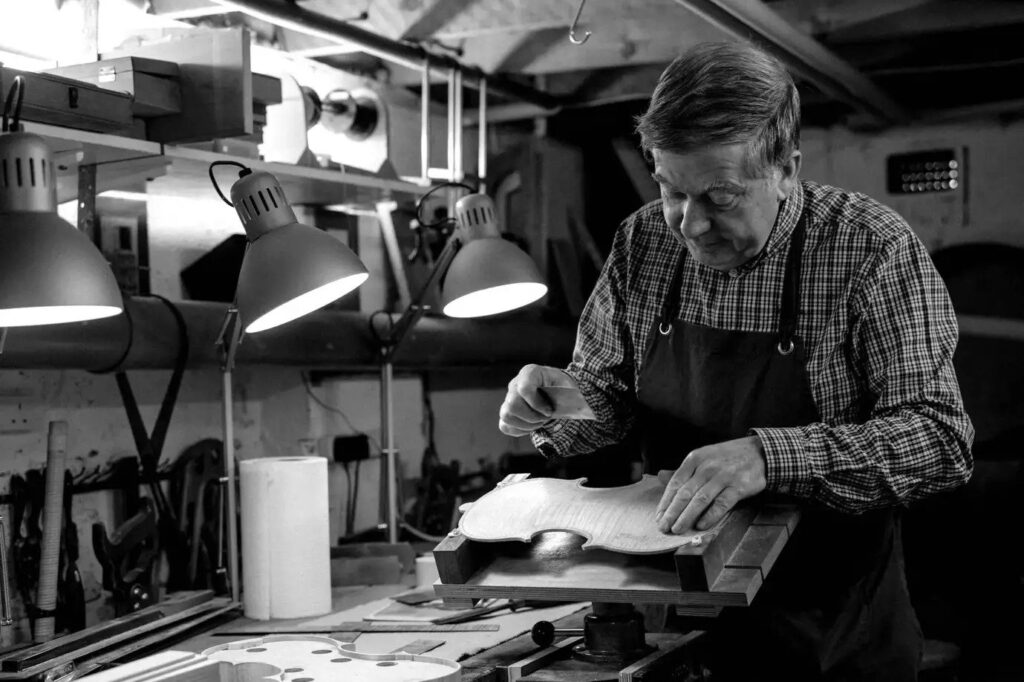
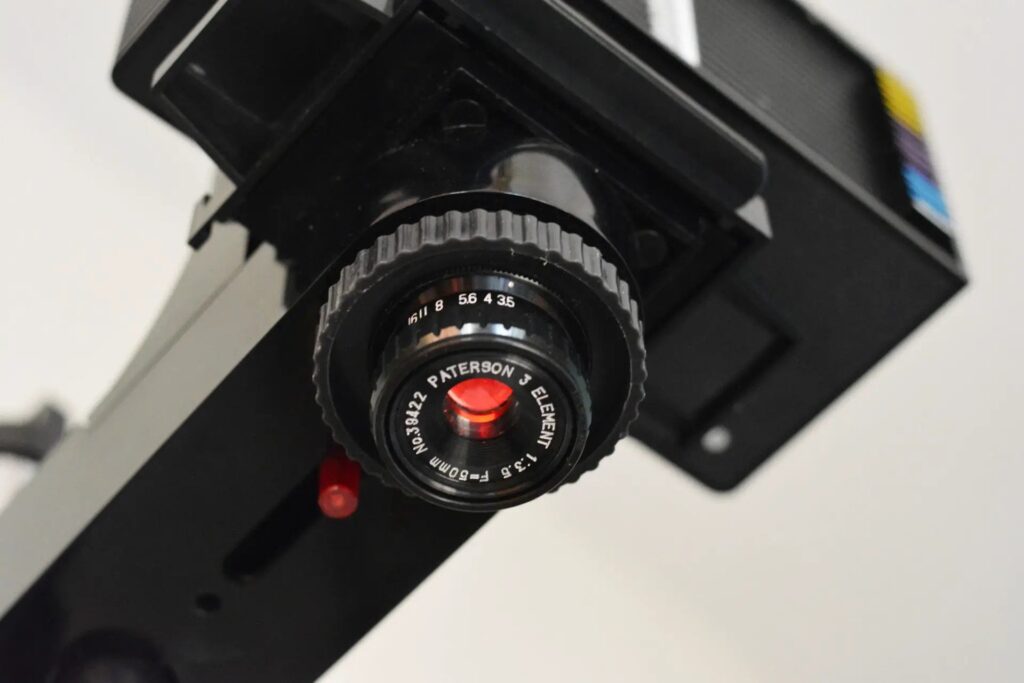
Comments
Gary Smith on Printing Live: What I Learned from Sharing the Darkroom in Real Time
Comment posted: 30/10/2025
Comment posted: 30/10/2025
Michael Jardine on Printing Live: What I Learned from Sharing the Darkroom in Real Time
Comment posted: 30/10/2025
ps. I took a great deal from this series- there's a lot of economical work-arounds for anyone with a flair for bricolage!:
https://www.35mmc.com/06/04/2020/darkroom-technique-part-1-how-to-build-a-darkroom-for-100-or-less-by-sroyon-mukherjee/
https://www.35mmc.com/13/04/2020/knowing-little-aiming-high-darkroom-technique-part-2-by-sroyon-mukherjee/
https://www.35mmc.com/20/04/2020/cat-and-mouse-with-exposure-and-contrast-darkroom-technique-part-3-by-sroyon-mukherjee/
https://www.35mmc.com/27/04/2020/split-grade-printing-darkroom-technique-part-4-by-sroyon-mukherjee/
https://www.35mmc.com/04/05/2020/dodge-burn-and-other-heresies-darkroom-technique-part-5-by-sroyon-mukherjee/
Comment posted: 30/10/2025
David Pauley on Printing Live: What I Learned from Sharing the Darkroom in Real Time
Comment posted: 31/10/2025
Kudos to you for doing this outreach to the next generation of darkroom printers. Like you I find my home darkroom to be a playground and a refuge, one that brings a wholly different pleasure than scanning negatives. I'm in the process of setting up for color printing, having come across a color head for my 4x5 enlarger that someone was looking to unload, but I doubt it will ever replace the satisfaction of black and white printing. (The R4 color process makes other demands-- absolute darkness with no safe lights; chemistry kept at a steady 104 degrees F -- which will keep it a side interest for me). Best of luck with your podcast and thanks for this piece. Echoing others I would love to see more of your prints here on 35mmc. David